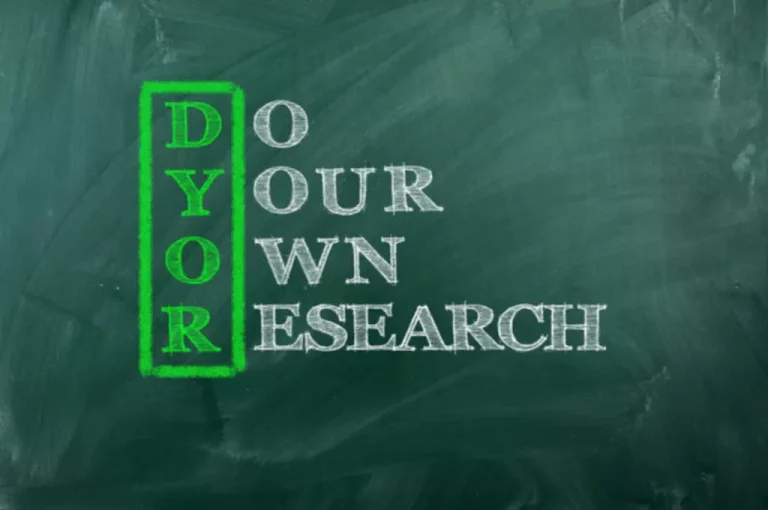Five Major Blockchain Trends for 2022
Many companies have embraced blockchain technology due to its ability to provide a myriad of tools and technologies such as NFTs, metaverse, and cryptocurrencies. The security, enhanced privacy, and immutability that comes with blockchain has contributed to its adoption rate. Blockchain technology is witnessing various developments, such as the emergence of smart contracts, cryptocurrencies, and NFTs. In the near future, blockchain market trends are likely to make blockchain technology more effective and efficient. DeFi is a new financial technology based on blockchain that allows banks to have less influence over financial services and money.
Such developments are facilitated by infrastructure companies such as Stardust that outsource NFT management for users. In 2022 we might see more and more traditional games such as chess and backgammon turning towards P2E and being fully deployed on-chain, including the computation and graphics. In 2022 DAO’s will prove that more business models can be built collectively, such as TreasureDAO. This is a successful NFT marketplace on Arbitrum, focusing on equal revenue share and community ownership. In this new year, DAO treasury management will become more important than ever with BitDAO having a liquid treasury of over $2.5B, eyes are focused on how this will be distributed.
As a matter of fact, non-fungible tokens are one of the critical highlights in answers to “what is the future of blockchain? NFT art sold at massive prices in auctions introduced the world to the concept of unique digital tokens on blockchains. IBM is one of the frontrunners in capitalizing on blockchain trends for COVID management in 2022. The tech giant has successfully developed a system that enables coordination among different agencies and healthcare authorities responsible for vaccine distribution. The system leverages blockchain for combining the documentation of vaccination rates and efficiencies from different platforms and tools used by healthcare authorities and agencies.
In addition, the expanding use cases of NFTs will be the prominent highlights of 2022. Furthermore, the adoption of crypto as legal tender will also mark a prominent highlight for the blockchain landscape in 2022. Therefore, many tech enthusiasts wonder about finding the top blockchain trends for the next year to identify how the technology would evolve further.
Although certain countries like China have banned bitcoins and Blockchains exchanges, you can still hope that specific comments will finally accept Blockchain-based currency in 2022 entirely. Some of the 2022 blockchain trends to watch include the expansion of use cases of NFTs and the introduction of the Central Banks Digital Currencies. Furthermore, there will be more ideas on creating a greener blockchain and how to use the concept in vaccine manufacturing and tracking. It’s also worth noting that a pilot project has demonstrated that blockchain technology can be used for prompt identification of vaccine recall scenarios.
This year’s winners include blockchain infrastructure providers, crypto exchanges, custody and wallet services, NFT marketplaces, and more. Blockchain in 2022 is expected to run multiple platforms on Metaverse with NFTs and cryptocurrencies. Digital assets like NFTs will thereby define ownership on the Metaverse and cryptocurrencies will power the new digital economy. Moreover, also Twitter,
with its vast user base of 192 million daily active users, is now planning to integrate cryptocurrencies into the platform with things like Bitcoin tipping for creators.
In addition to the major developments in the blockchain infrastructure there are also a number of novel and existing blockchain applications that have seen a huge boom in 2021 and will continue to grow in 2022. In likelihood, the countries that might consider adopting Bitcoin or other cryptocurrencies as legal tender will be those that are less geopolitically stable, such as Panama, Ukraine, https://www.xcritical.in/ Cuba, Paraguay, Brazil, Mexico and Argentina. That said, with El Salvador taking the lead, there may result a domino effect that will compel other governments to also begin embedding the emerging crypto ecosystem into their own financial system and economy. In PoS networks, power is tied to the state of each actor in the network, which can be determined or modified by a consortium.
As the world ushered in 2022, the digital collectibles continued to attract many firms and individuals. So, one of the top blockchain trends to watch in 2022 is the further development of NFTs. Regulatory uncertainty blockchain trends is still one of the biggest troubles for mainstream adoption of blockchain. As a matter of fact, many interested investors move away from blockchain and crypto due to the element of regulatory uncertainty.
Polkadot, Cosmos, Wanchain, and many other new protocols and platforms enable enterprises to connect multiple blockchains and seamlessly interact, collaborate, share, and make transactions with multiple entities across numerous platforms. This allows organizations to develop foundational infrastructures that support multiple use cases and customized applications. Architecture, consensus mechanism, token type, and other characteristics vary among platforms, and organizations may need to explore more than one, depending on objectives and use case. Non-Fungible Tokens (NFTs) were the big news in the blockchain scene during 2021.
So, NFTs enable us to tokenize these items and provide security by Ethereum blockchain while allowing one official owner at a time. Ethereum has become a trend in blockchain technology due to its universality, simplicity, agility, modularity, non-discrimination, and non-censorship. Ethereum is a blockchain-based platform that is open-source and decentralized. It is used to create a substitute protocol for developing decentralized applications, offering a different set of trade-offs that is highly useful for large decentralized applications. ERCs are application-level specifications for Ethereum, like name registries, token standards, and library/package formats. ERC standards outline a required set of functions for a token type that permits smart contracts and applications to communicate with tokens.
- Still, a lot of companies provide private blockchain-like features for instance high data control, customization that is great, and superb privacy.
- Another trend we will see in 2022 is the companies and platforms that can offer customers BaaS solutions (“blockchain as a service”).
- Ethereum – the second best-known blockchain after Bitcoin – plans to move to a POS model during 2022.
- The most popular cryptocurrencies – Bitcoin and Ethereum – have a “green” competitor.
- For example, some organizations use blockchain for provenance, to ensure that raw materials are coming from acceptable regions.
So, blockchain development trends in 2022 is to check how companies can use the technology to track Covid-19 vaccines. The implications of new advancements in blockchain technology can spell out the roadmap for the future of the organization. On top of it, the overview of blockchain trends in 2022 can help you define strategic priorities for organizations interested in blockchain. You can also learn more about the latest improvements in complementary aspects of the blockchain industry, such as regulations. Here are some of the top trends in the blockchain industry you could come across in 2022.
During this period, the first cryptocurrency updated its all-time high, reaching $68,789 in mid-November. Self Sovereign Identity or SSI are digital identities maintained in a decentralized way. In SSI, the public identifiers of identity are stored in the blockchain and are operated by different independent servers that protect individuals from tampering. Blockchain is ideal for delivering information with its immediate, transparent, distributed, and immutable ledger that can only be accessed by authorized users of the network.
Such applications can be helpful in identifying a vaccine batch that apparently causes unreasonably high incidences of side effects. Many other innovative advancements evolving as a response to the pandemic would drive blockchain growth in the field of manufacturing, distributing, and tracking vaccinations in 2022. Most of this information is automatically generated, which means the process stands to replace much of the reporting that grantees and subgrantees must do when receiving government funding. Some estimates suggest that research institutions spend upwards of 44% of their time on administrative tasks such as reporting. The US federal government is committed to tracking every dollar it spends, more so than most typical enterprises. Transparency and accountability are paramount when dealing with taxpayer money.



Leave a Message